Emotional Freedom Techniques (EFT) and Tapping by Robin Bilazarian
$219.99 $62.00
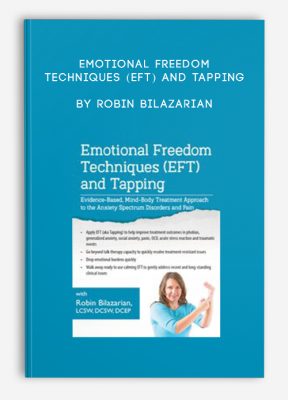
Emotional Freedom Techniques (EFT) and Tapping by Robin Bilazarian
**More information:
Get Emotional Freedom Techniques (EFT) and Tapping at Salaedu.com
Description
- pply EFT (aka Tapping or Energy Psychology) to considerably improve treatment outcomes in phobias, generalized anxiety, social anxiety, panic, OCD, acute stress reaction and traumatic events
- Go beyond talk therapy capacity to quickly resolve treatment resistant issues
- Drop emotional burdens quickly, often in minutes
- Walk away ready to use calming EFT to gently and rapidly collapse recent and long-standing clinical issues
- Dive into the exciting revolution of integrative, meridian-based cognitive therapies called Emotional Freedom Techniques (EFT), Tapping, and Energy Psychology
The anxiety spectrum exemplifies the disorders where emotions override thought. Fragmented memories get stored in the body. The Emotional Freedom Techniques (EFT) collapse this uncomfortable emotional and physical reactivity; therefore, freeing a path for spontaneous insights and clearer thinking.
Emotional Freedom Technique (EFT) is a comprehensive mind-body treatment that rapidly desensitizes three areas: unwanted thoughts, emotions and physical reactions. EFT combines physical interventions derived from restorative (self-applied) acupressure theory with cognitive interventions.
EFT is an evidence-based practice with over 100 published studies. One published study demonstrated a 24% decrease in cortisol (stress hormone) level in the EFT group. (Energypsych.org) EFT is effective brief therapy and belongs in every therapist’s tool box.
Transform your clinical excellence; bring EFT into your practice and treat resistant problems that other methods failed.
This seminar focuses on cutting-edge techniques of EFT to treat the anxiety spectrum disorders, including:
- Phobias
- Generalized Anxiety
- Social Anxiety Disorder
- Panic
- OCD
- Acute Traumatic Stress Reactions
These mind-body methods are emerging into mainstream mental health, trauma treatment, coaching, employee assistance programs and sport psychology arenas as a rapid, effective, non-invasive, calming, desensitizing tool. Do not miss this opportunity to learn evidence-based techniques you can use immediately with your clients and improve treatment outcomes rapidly.
Origin and Research
- The origin of EFT
- The different nomenclature of EFT:
- Energy Psychology
- Thought Field Therapy
- Tapping Solution
- Meridian Therapies
- Highlight significant cortisol reduction in peer-reviewed published research
- The EFT steps of activating acupoints in conjunction with descriptions of upsets
- The profound relaxation response from EFT
- EFT includes cognitive interventions
- Going beyond talk therapy: relaxation of activating meridian
EFT to Eliminate Phobias
- Two categories of phobias – instinct driven or driven from a past negative event
- Demonstration of finding and treating with EFT the “first or the worst” time
- Live example from the audience, case studies
- The “borrowing benefits” for all to participate
Using EFT for Stress, Generalized Anxiety and Panic
- Personal peace procedure
- Checking work and the value of persistence
- Considerations for treating issues thoroughly — in the past, present and future
- Quieting the physiological arousal of panic
EFT treatment for Compulsions and Unwanted Habits
- Finding a baseline
- Treat the “urge” or “desire” to perform the unwanted behavior
- Greatly diminish hand washing, checking, biting nails or thumb sucking
- Check your work via the SUDS intensity measure
- Future performance enhancement protocol to reinforce gains for the future
EFT with Social Anxiety and Building a Social Skill Set
- Social Anxiety –fear of being scrutinized by others (and yourself)
- EFT on social situations; past, present and future
- Establish layers of communication including ice breaker/small talk
EFT with Acute and Long-Standing Trauma
- EFT movie on Veterans 4 Vignettes of War
- Mind-body sweep – Gentle EFT approach via the associated physical discomfort
More information about Medical:
Medicine is the science and practice of establishing the diagnosis, prognosis, treatment, and prevention of disease.
Medicine encompasses a variety of health care practices evolved to maintain and restore health by the prevention and treatment of illness.
Contemporary medicine applies biomedical sciences, biomedical research, genetics, and medical technology to diagnose, treat, and prevent injury and disease,
typically through pharmaceuticals or surgery, but also through therapies as diverse as psychotherapy, external splints and traction, medical devices, biologics, and ionizing radiation, amongst others.
Medicine has been around for thousands of years, during most of which it was an art (an area of skill and knowledge) frequently having connections to the religious and
philosophical beliefs of local culture. For example, a medicine man would apply herbs and say prayers for healing, or an ancient philosopher and physician would apply bloodletting according to the theories of humorism.
In recent centuries, since the advent of modern science, most medicine has become a combination of art and science (both basic and applied, under the umbrella of medical science).
While stitching technique for sutures is an art learned through practice, the knowledge of what happens at the cellular and molecular level in the tissues being stitched arises through science.
1 review for Emotional Freedom Techniques (EFT) and Tapping by Robin Bilazarian
Add a review Cancel reply
Related products
HEALTH - FITNESS - LIFESTYLE - MEDICAL
HEALTH - FITNESS - LIFESTYLE - MEDICAL
Complete Certified Professional Coach Online Course from Berry Fowler
HEALTH - FITNESS - LIFESTYLE - MEDICAL
HEALTH - FITNESS - LIFESTYLE - MEDICAL
Somatic Interventions for Treating Complex Trauma with Janina Fisher, Ph.D. from Janina Fisher
HEALTH - FITNESS - LIFESTYLE - MEDICAL
HEALTH - FITNESS - LIFESTYLE - MEDICAL
HEALTH - FITNESS - LIFESTYLE - MEDICAL
HEALTH - FITNESS - LIFESTYLE - MEDICAL
Fitness Mentors – Audio Lectures, Practice Tests and Study Guide for the NASM CPT Ex

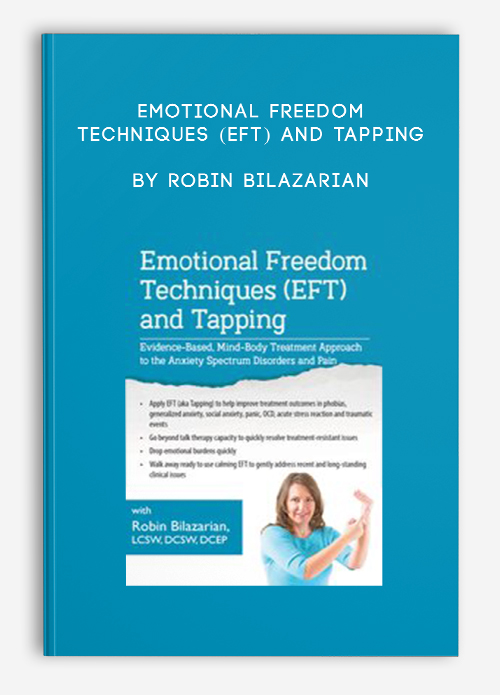


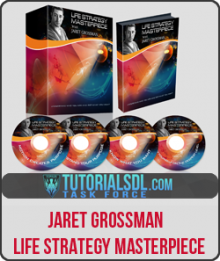
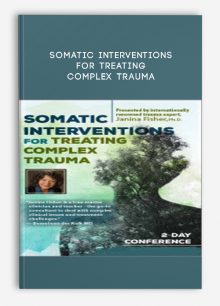
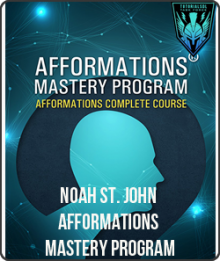
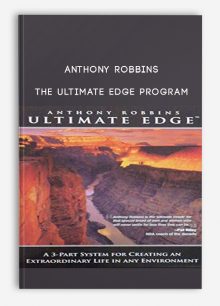

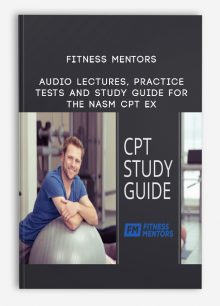
Trevis Trevis –
This is one of the most beautiful website and you can check the reviews of my website here: https://salaedu.com/clients-proof-and-reviews/